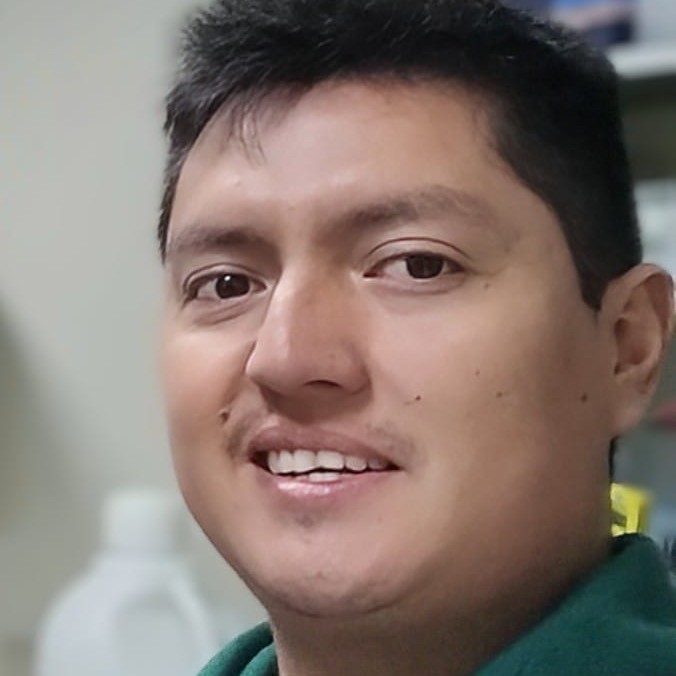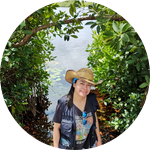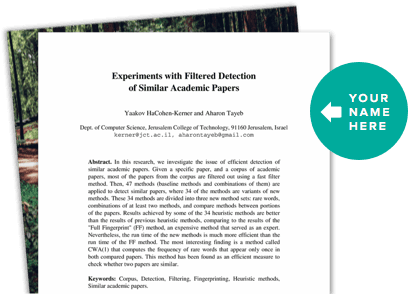About This Project
Mangroves are valuable ecological resource providing habitat for many species. Species assemblages vary in life history strategies and spatial and temporal scales, thus recording real diversity using traditional methods is almost impossible. Here, we aim to predict species interaction networks combining eDNA and machine learning to provide insights in ecosystem function and emergent properties, a fundamental information to more appropriate conservation strategies and restore ecosystem services.
Ask the Scientists
Join The DiscussionWhat is the context of this research?
In the face of an accelerated loss of wild flora and fauna worldwide, there is an urgency to conserve and restore ecosystem services. To achieve this, recent studies point to focus on species interaction networks rather than the rarity status of species to more appropriate conservation strategies and to maintain ecosystem integrity(1,2). In this way, mangroves are an invaluable ecological resource as habitat for a wide variety of species, from the canopy of its trees to below its roots. Given the spatial and temporal complexity that underlies the study of the composition of the species diversity(3), in this proposal we combine environmental DNA (eDNA) technology and machine learning to better understand the function of the mangrove ecosystem and emergent properties
What is the significance of this project?
The adoption of eDNA has been facilitated by the improved access to sequencing technologies and the constant advances in the methodological framework. This opened the opportunity to explore innovative tools and adjust protocols to overcome challenges in studying eDNA of marine diversity. In this context, studies based on eDNA represent a few opportunities not only to envisage the species diversity that is sheltered by mangroves but also brings the opportunity, using machine learning, to predict species interaction networks in key ecosystems, such as mangroves. This provides insights into the underlying changes in ecosystem function and emergent properties, a fundamental information to implement more appropriate conservation strategies and restore diversity and ecosystem services.
What are the goals of the project?
Given the spatial and temporal complexity that underlies the study of the composition of the species diversity that inhabits mangroves, the present proposal aims to predict species interaction networks through machine learning. To do so, we will first characterize the composition of taxonomic diversity that inhabit the mangrove ecosystem using environmental DNA metabarcoding. This provide insights in the ecosystem function and emergent properties, a fundamental information to implement more appropriate conservation strategies and restore diversity, function, and ecosystem services. This information is imperative not only for prioritizing available economic resources but also for the survival of vulnerable or threatened mangrove-dependent species.
Budget
This is part of a larger project that considers seasonal sampling for 2-years. The requested funds are for sample collection during summer and the corresponding laboratory assays to obtain successful amplicons of the first targeted group. This is critical to conclude laboratory protocol and obtain i) successful amplicons of environmental DNA, ii) identified MOTUs (molecular taxonomic units), iii) and as input training for machine learning algorithms.
Endorsed by
 Project Timeline
Project Timeline
We estimate approximately 12 months from June 2025 to June 2026 to complete research steps. However, owing to the higher salinity of the mangrove environment, eDNA collection & extraction is more challenging. As such, we plan to test different protocols to determine efficient eDNA extraction to obtain high quality genetic samples thus increasing the success of the following research steps."
Apr 09, 2025
Project Launched
Jun 01, 2025
Sample collection of eDNA
Jul 31, 2025
eDNA extraction
Sep 30, 2025
Amplification of eDNA fragments
Oct 31, 2025
eDNA libraries & Ilumina Miseq sequencing
Meet the Team
Affiliates
Team Bio
We are young researchers who together cover a wide range of tools and methods that we can implement from our different expertise: Genomics & Evolution, Bioinformatics, Ecology of biotic interactions, Management of natural resources, Biodiversity Informatics, Population genetics, and Conservation Biology. We met throughout our professional careers, during research stays, or at our workplace.
Maried Ochoa Zavala
I was born in the southeast of Mexico in the late 80s. On july 2012 I finished my bachelor studies at Instituto de Ciencias Biológicas (UNICACH). At the end of 2019 I achieved the degree of Doctor in Science at Universidad Nacional Autónoma de México (UNAM). Between 2020 and 2021 I did two postdoctoral stays; and I joined UNAM as an Associate Researcher in 2022. My areas of specialty are Molecular Ecology, Evolutionary Biology, and Conservation Biology of tropical organisms. I dabbled in the molecular ecology of mangroves with the analysis of the mating system of the black mangrove, Avicennia germinans in 2013. Since then, I have published in a scientific journals about the evolutionary genetics of different systems of ecological and commercial importance. I am a teacher of undergraduate and postgraduate signatures and I have participated in diploma courses, and conferences. Currently, I am working on the identification of genetic variants associated with environmental variables to make predictions in the face of climate change scenarios and collaborate in eDNA studies and barcoding analysis.
Lab Notes
Nothing posted yet.
Project Backers
- 4Backers
- 70%Funded
- $4,210Total Donations
- $1,052.50Average Donation




